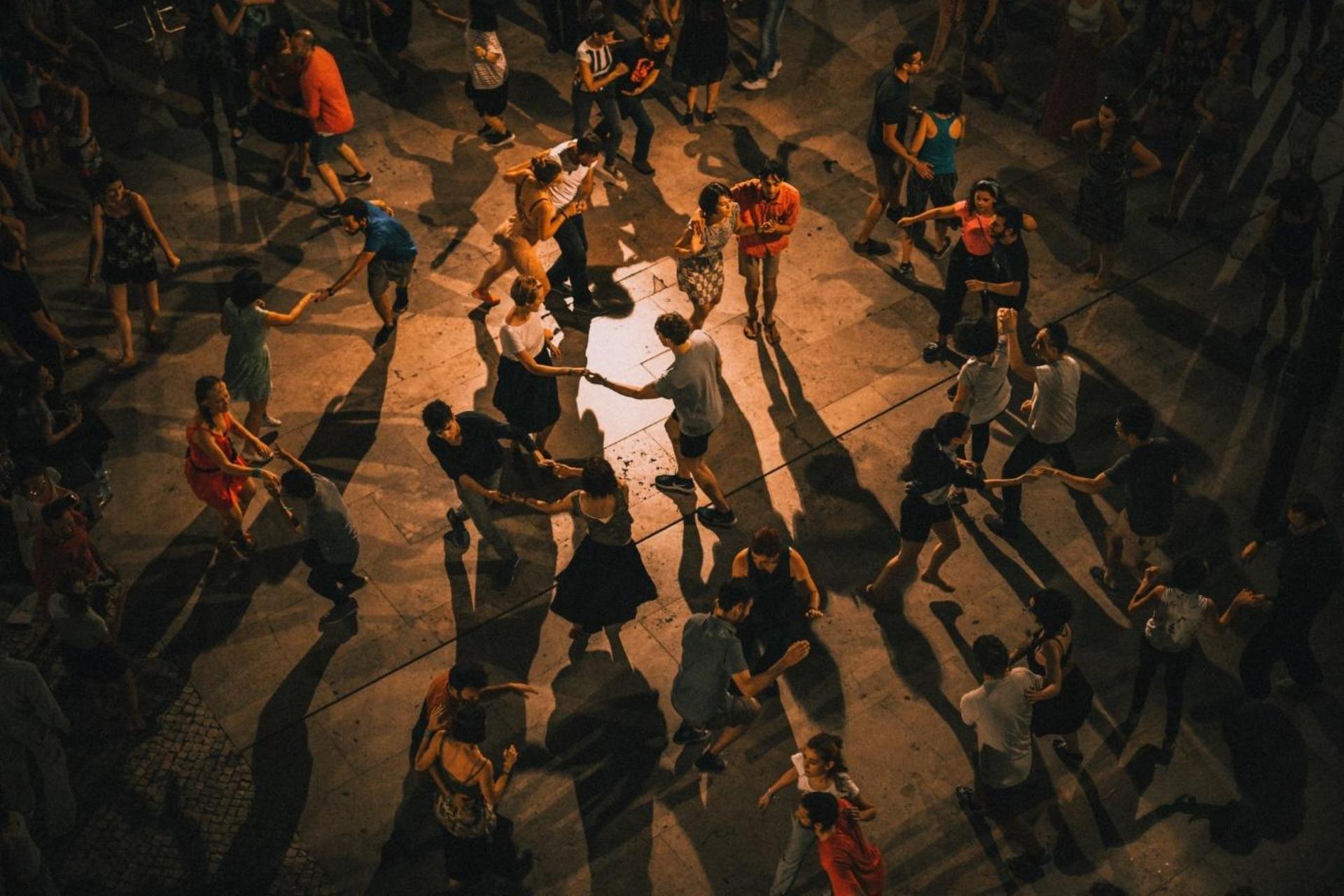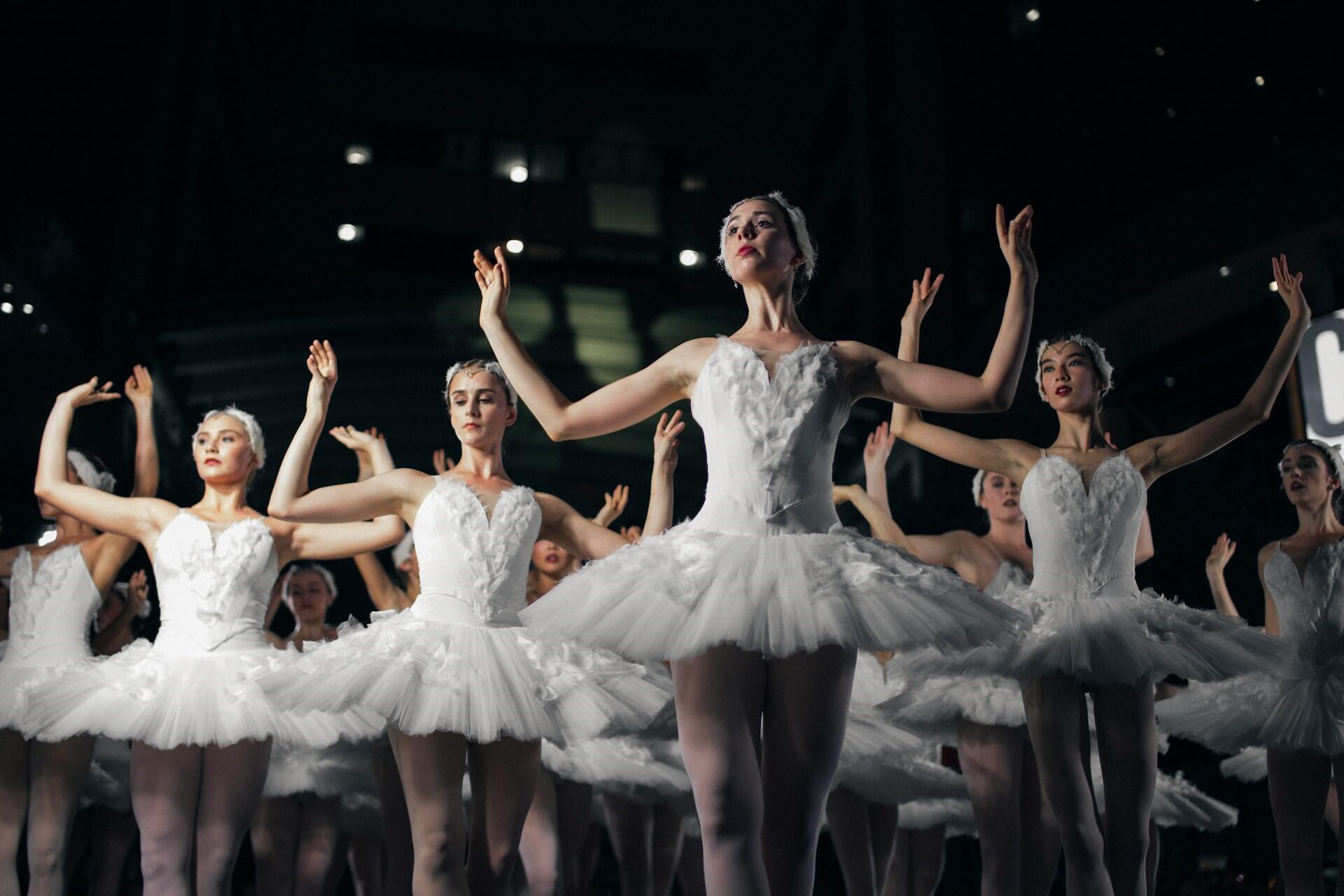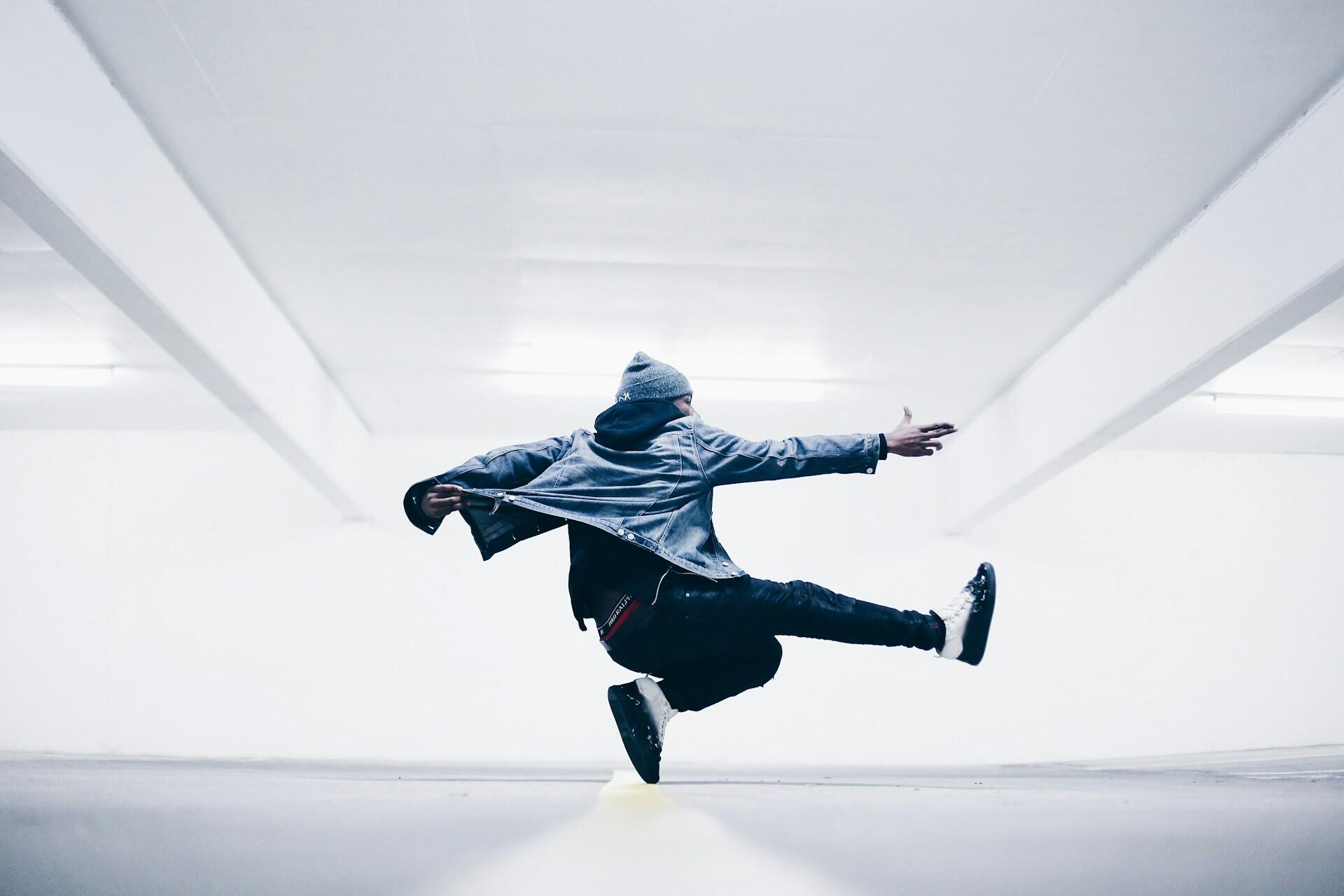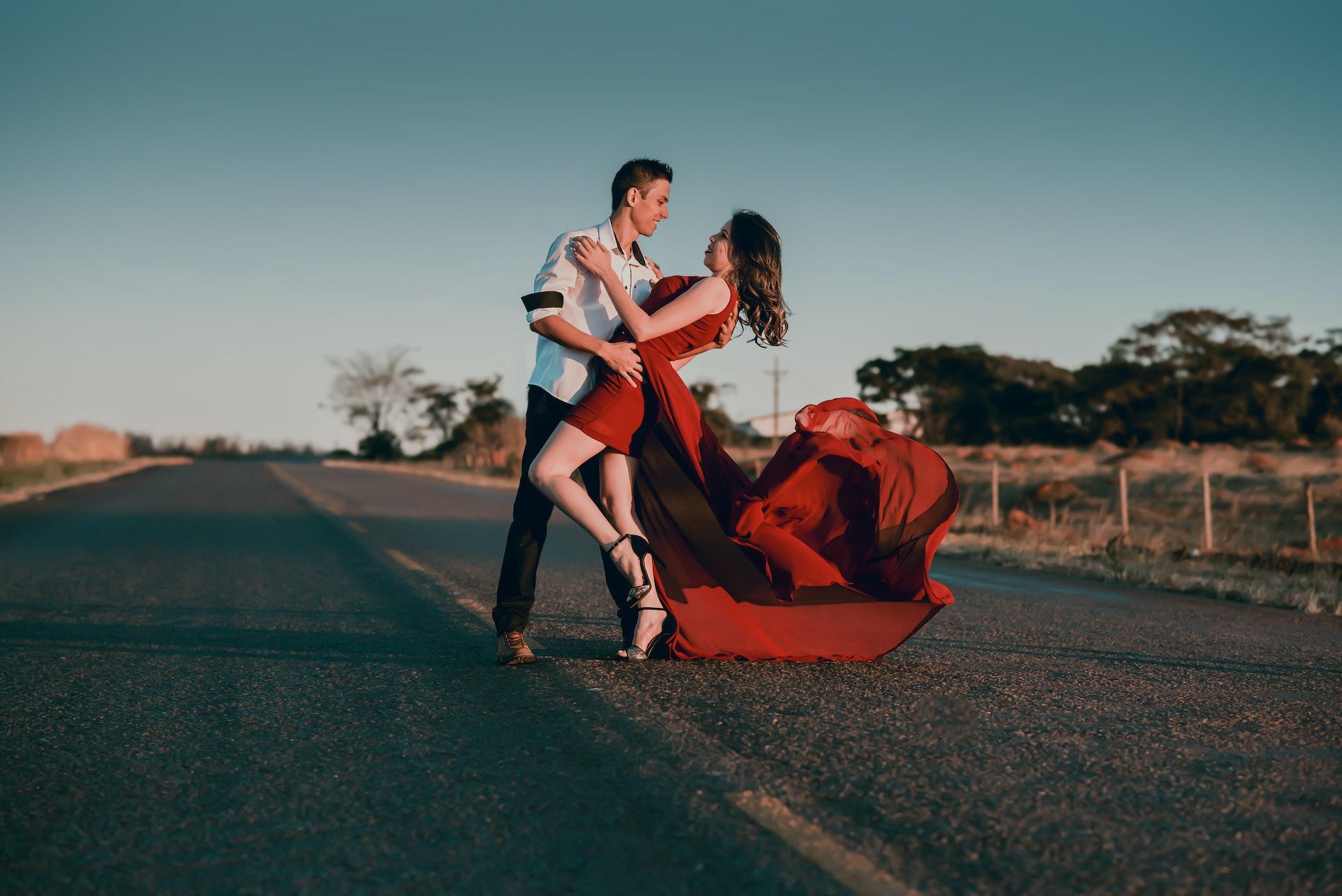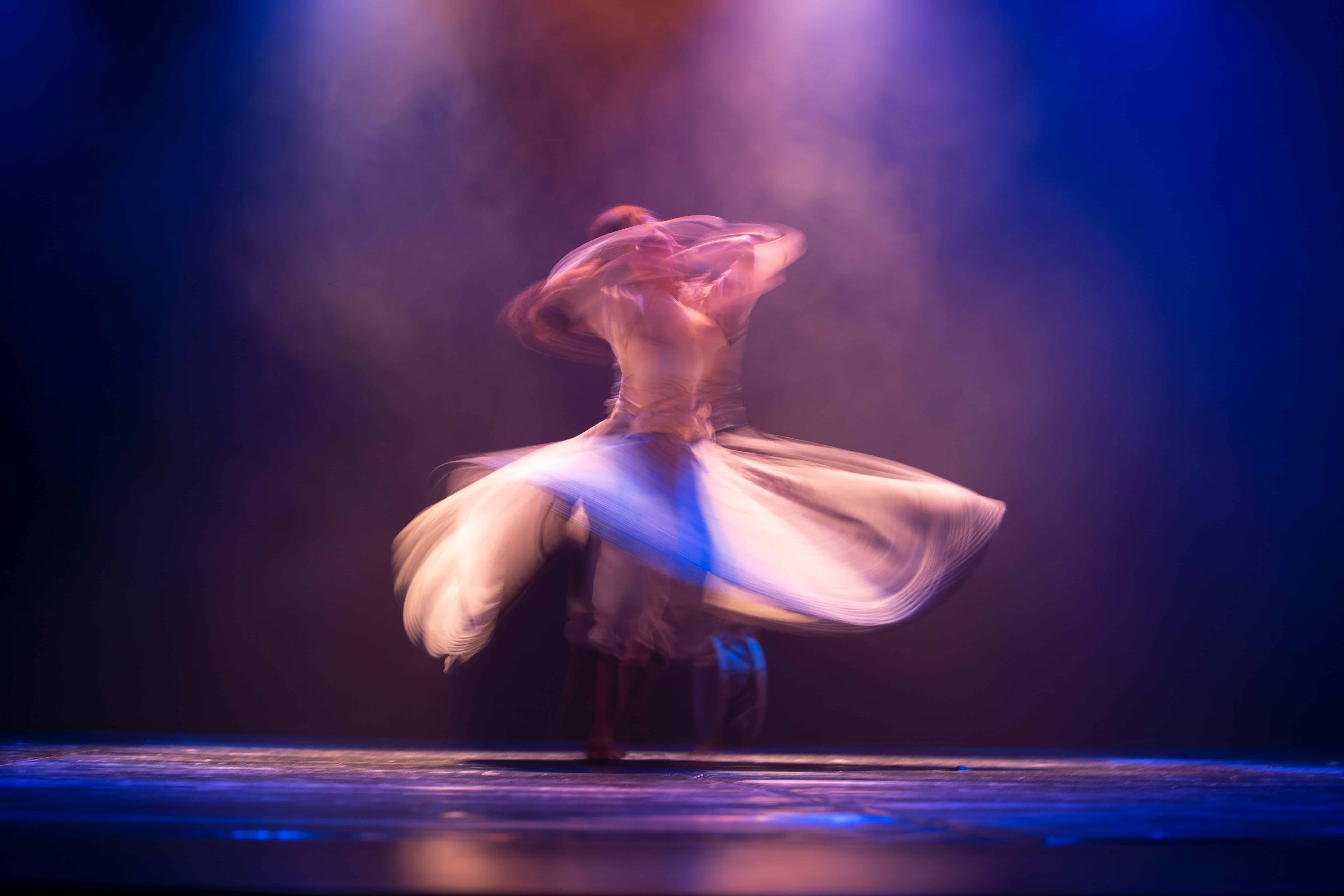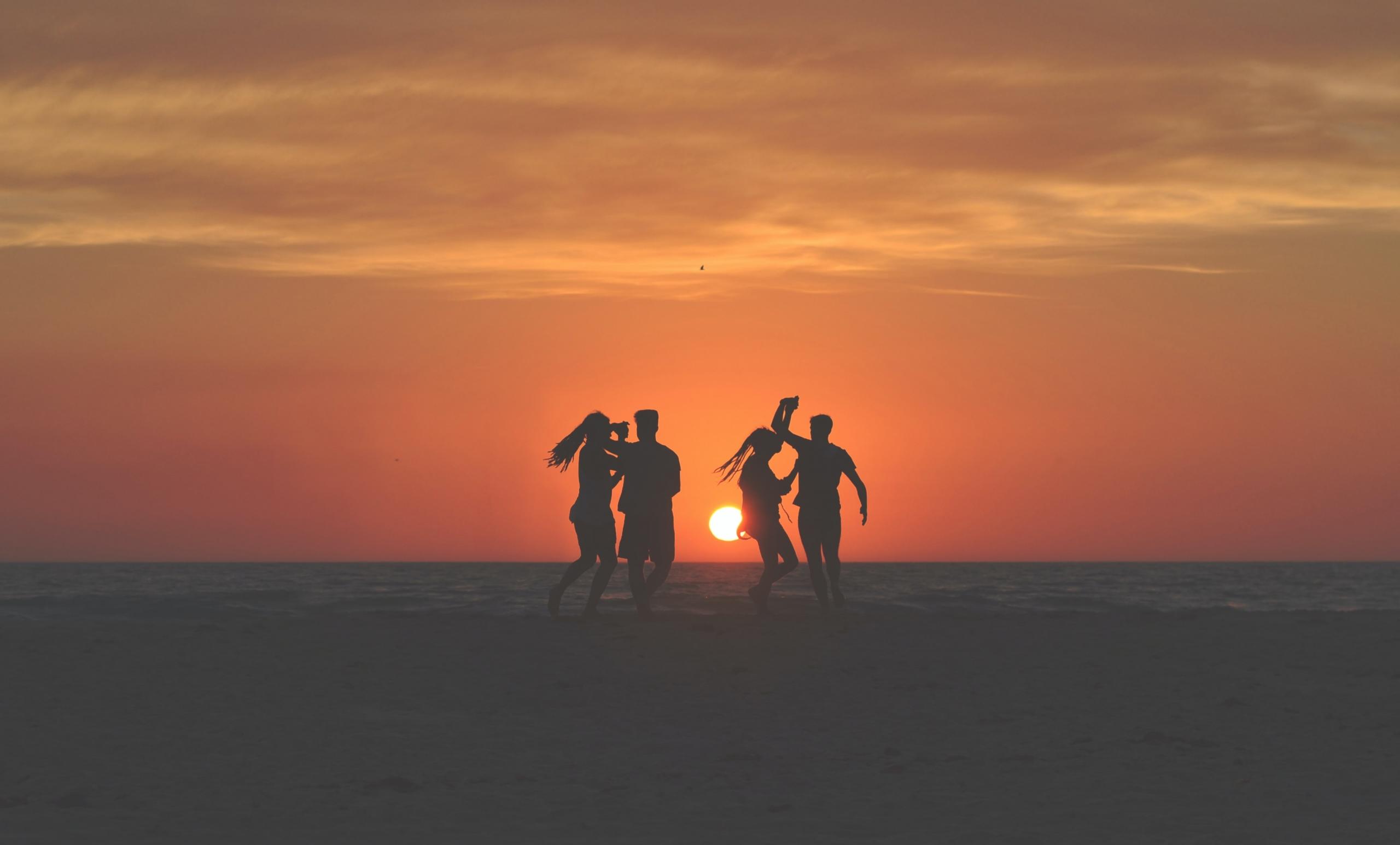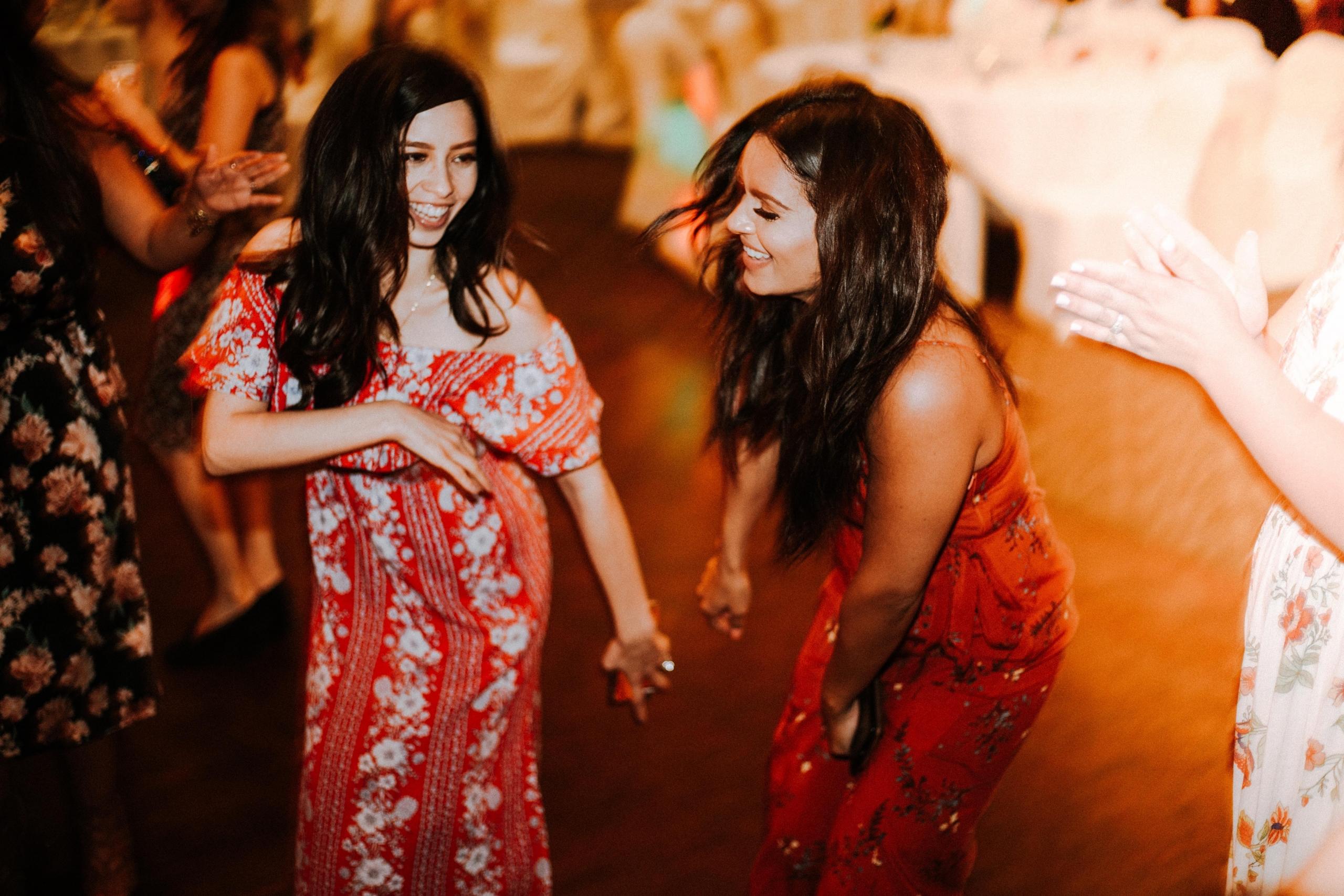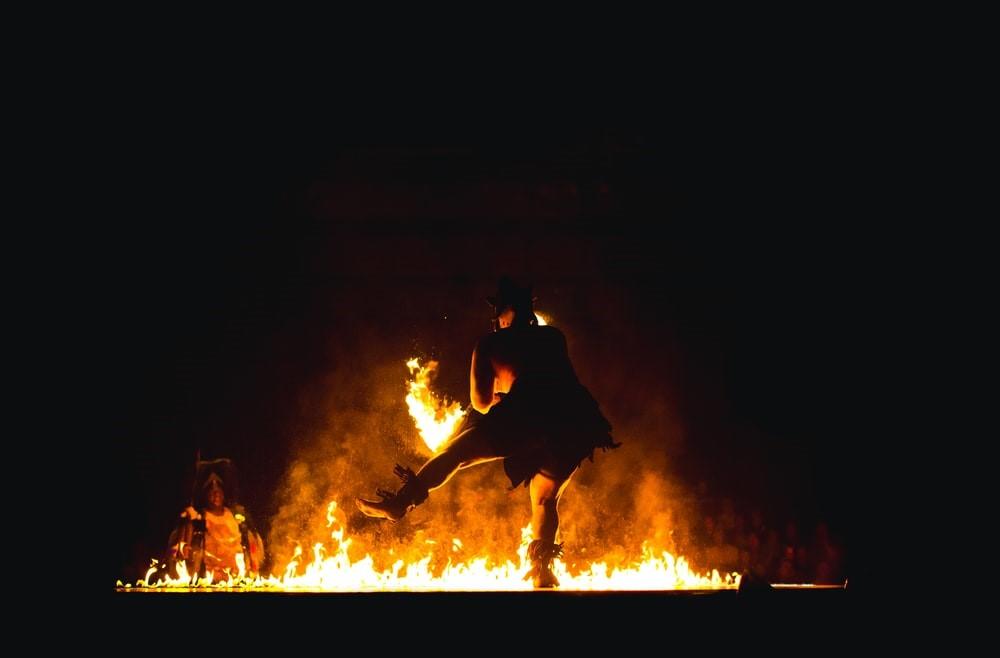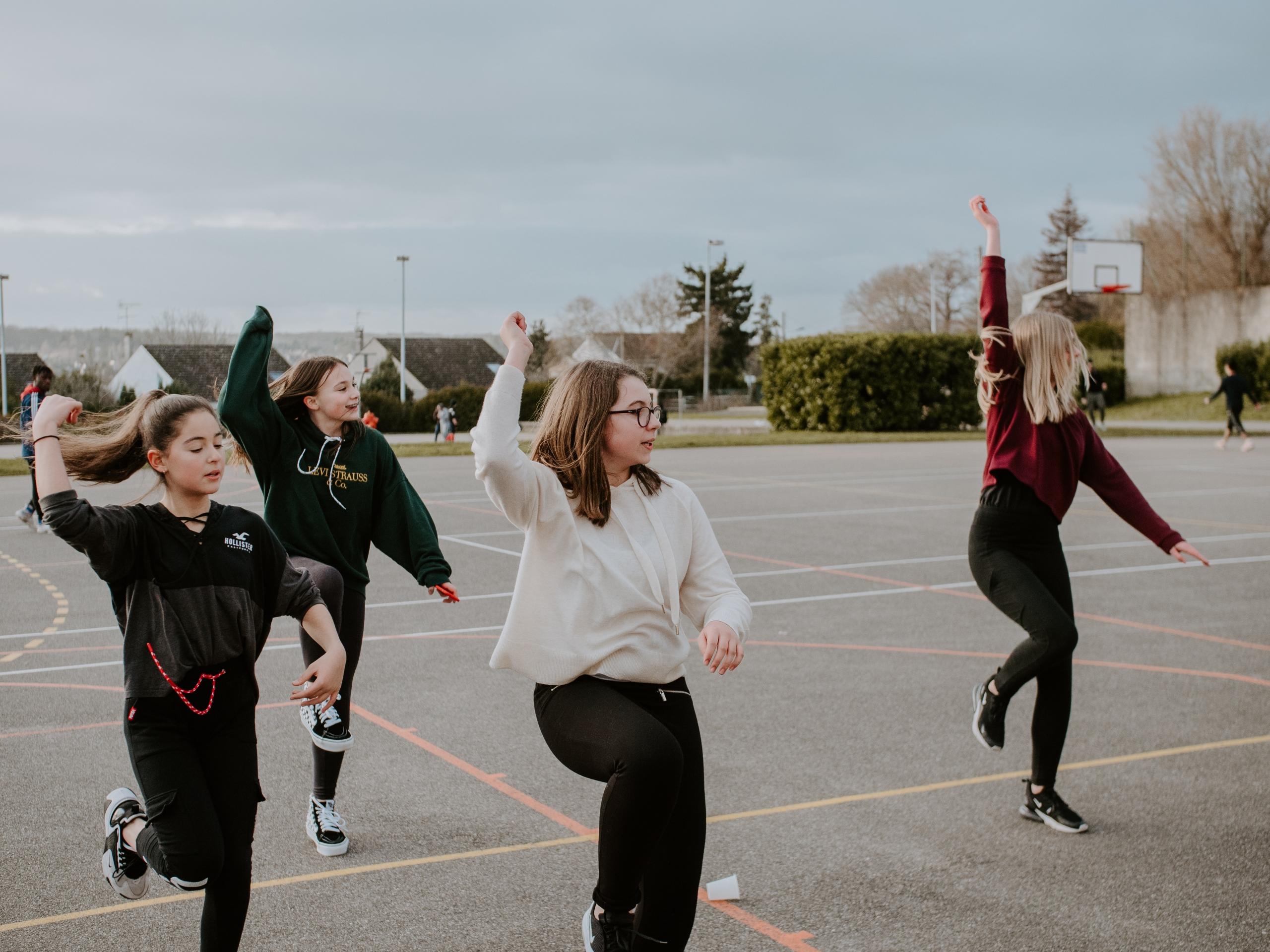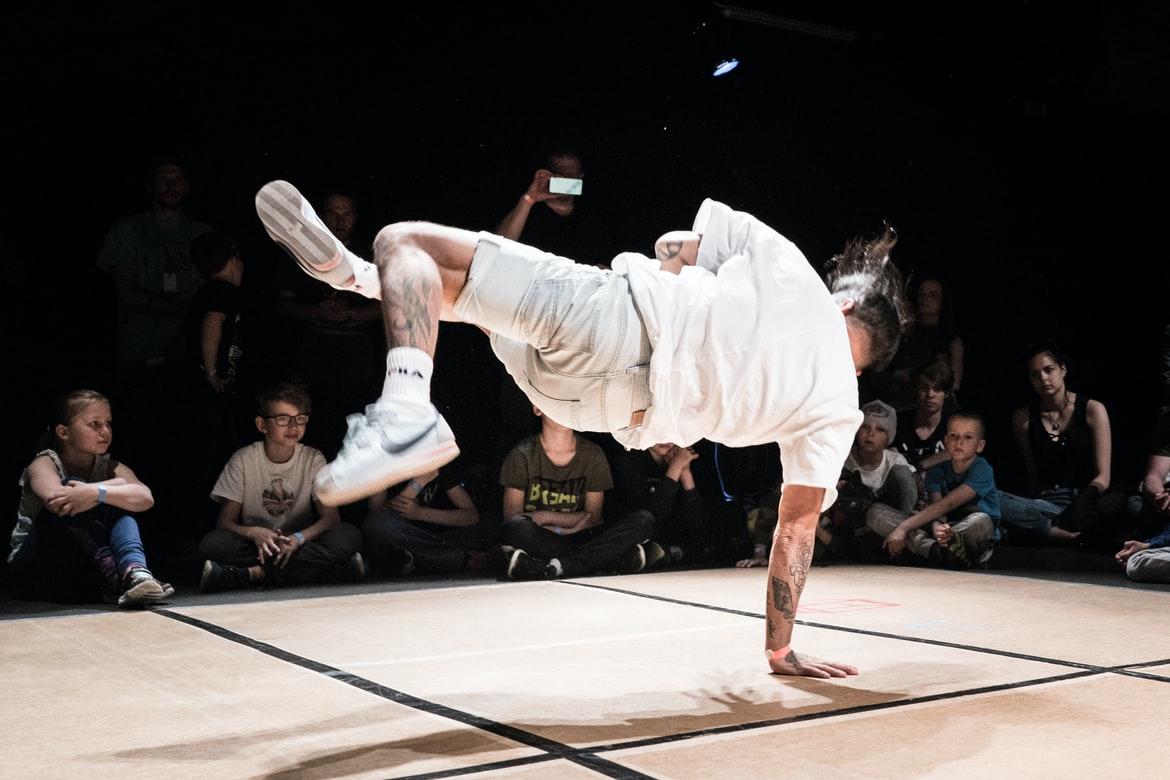When tap dance first appeared in North America, it immediately became an icon of culture. It established itself as an integral part of the Jazz community and the larger music industry and won the hearts of many people worldwide.
Tap dancing began in the mid-1800s, a period of musical hybridization throughout North America. This intriguing art form emerged from the fusion of African tribal rhythms with elements of English, Scottish, and Irish music and dance. Tap dancing is defined by its emphasis on producing rhythmic sounds via manipulating heel, toe, and slide motions on the dance floor.
This blog will explore the rich tapestry of tap dance history, from its origins to the modern American tap that we know now.

What Is Tap Dancing?
Tap dancing is a kind of rhythmic dance that emphasizes footwork. Using the metal taps on their tap dancing shoes, dancers produce complex melodies and rhythms as they perform elaborate routines. It's a fascinating combination of the two art forms, with the tap dancer taking on the role of both performer and musician by utilizing their feet as instruments to express themselves artistically and emotionally.
There are two tap dancing types: Jazz/rhythm dance and Broadway tap. Jazz or rhythm dance is distinctive due to its remarkable music and astounding devotion to tap dancing's illustrious heritage. This style's dancers put a premium on fancy footwork, synchronized rhythms, and improvisation, making for a fascinating audible and visual experience.
In contrast, Broadway tap is a staple of the performing arts industry. Tap dance is perfectly incorporated into the plots of these plays, making it an effective storytelling tool for the stage performers. Broadway tap not only enriches characters and plots but also raises the bar for the whole theatrical experience, lending a certain allure to the realm of the performing arts.
As we explore where tap dance originated, we'll also learn from legendary tap dancers whom Superprof professors refer to so often in their online tap-dancing lessons. If you're looking to learn the tap dancing techniques of the legendary tap dancers, Superprof's private dance classes near me are the best way to do so. With expert tutors, a flexible schedule, and per-hour rates, you can learn tap dancing in a matter of months.
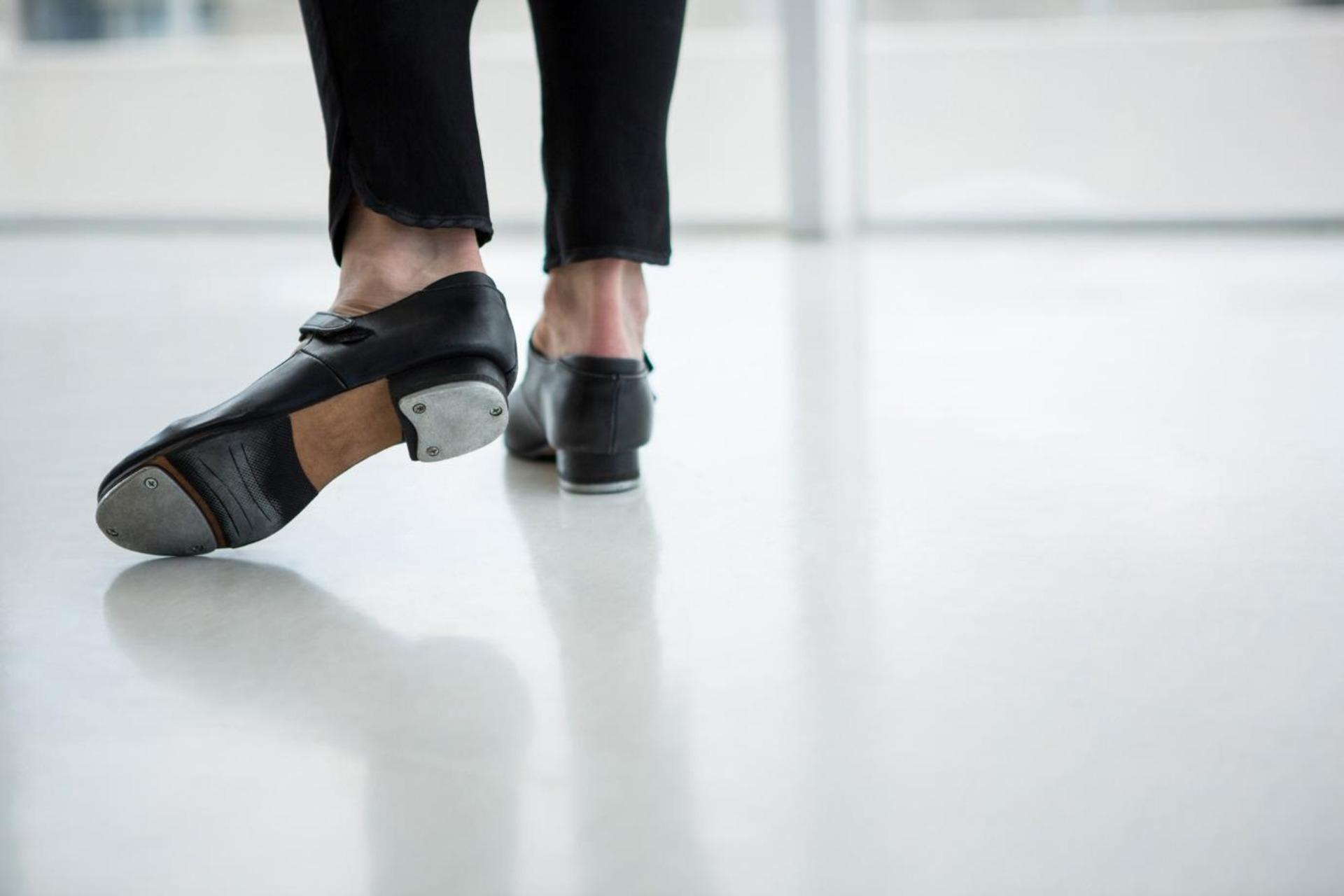
What Are the Early Roots of Tap Dance?
Tap dancing dates back to the 1600s, but it was in the 1800s that it was finally shown in the common streets. It evolved from a remarkable synthesis of cultural traditions, with major input from African natives. Enslaved people from Africa carried a rich culture of rhythmic dances that included complex polyrhythms and percussion patterns in the footwork.
African societies used to host dance competitions as a form of entertainment and these dances as a source of expression and communication. An enslaved Black person named William Henry Lane, also known as Master Juba, was a prominent name in tap dancing in the early 1800s. He performed in numerous dance shows and was honored to perform in front of Queen Victoria. His skill demonstrated the foundations of rhythm tap dancing that we study in Superprof's tap dance lessons.
Several cultures, including Irish and English, also influenced early tap dancing. Irish immigrants brought their dancing traditions from Europe to the United States. Many European dance styles found their way to Africa, including the energetic jigs and reels that included precise footwork.
There was a remarkable blending of these styles at tap dance's early beginnings in America. A distinctly American dancing style was born from the fusion of African rhythms and motions with European step dance traditions. Due to this mingling of cultures, a new look emerged, distinguished by using wooden-soled tap dance shoes to create rhythmic rhythms.
How Did Tap Dance Originate In America?
Tap dancing emerged as a distinct and developing art form in 19th-century America. Tap dancing became widely popular because of its involvement in minstrel and vaudeville acts. Dancers in this earliest era of tap dancing had shoes with wooden soles, which allowed them to make tapping noises when they moved their feet.
The names of John "Bubbles" Sublett and Bill "Bojangles" Robinson are inscribed in the history of tap dance as pioneers who helped develop the dance form in its early stages. Bill Robinson was one of the most well-known dancers in the history of tap dancing due to his elegance and grasping tap-dancing technique.
John "Bubbles" Sublett played a pivotal role in the evolution of the "rhythm tap" technique because of his creative use of rhythm. They left an unforgettable impact on tap dance by laying the framework for its development. Even now, their methods are widely taught in Superprof's and other online tap dance lessons. With Superprof, you learn the master techniques of the legendary dancers as well as the modern techniques that have emerged from the tap dance's fusion with other dance forms.

What Is the Role of Tap Dancing in Film and Entertainment?
Tap dance has left an indelible mark on Hollywood musicals and films throughout its history. It served as a captivating and rhythmic element in numerous productions, bringing joy and entertainment to audiences worldwide. The incorporation of tap dance routines added a unique layer of spectacle to movie musicals, making them a beloved genre.
The history of tap dance highlighted a significant decline in film during the mid-20th century, with changing tastes and evolving dance styles. As other dance forms gained prominence, tap dance's presence in Hollywood diminished.
However, the late 20th century witnessed a revival of interest in tap dance due to dedicated artists' efforts to preserve and promote this rich tradition. The resurgence of tap dance in various forms, including stage performances and movies, breathed new life into the art.
In the modern era, tap dance continues to evolve with innovative approaches and fusions with other dance styles. Tap dancers explore creative ways to push the art form's boundaries, combining traditional techniques with contemporary influences to keep tap dance relevant and vibrant in the 21st century.
Tap dancing is a popular art form that is still quite prevalent today. Many professional dancers conduct tap dance classes to ensure that it continues for generations to come. During these tap dance classes, they examine the performances of legendary dancers like Shirley Temple and Ginger Rogers to learn from them and uphold the art legacy.
Their remarkable talent and charisma on screen helped solidify tap dancing as a defining feature of Hollywood's Golden Age. Their memorable performances showcased the artistry and elegance of tap dance, leaving an enduring legacy.
| Name | Year | Contributions |
|---|---|---|
| Shirley Temple | 1930s to 1940s | Came into the limelight as a child star and continued reigning the industry with her tap dance routines |
| Ginger Rogers | 1930s to 1940s | Performed with Fred Astaire in dance duets |
| Fred Astaire | 1930s to 1950s | Cinema tap dancer legend for his skill and originality |
| Eleanor Powell | 1930s to 1940s | Musical theater legend known for her ferocious and athletic tap-dancing |
| Gene Kelly | 1940s to 1950s | Well-known for fusing tap with other forms of dance |
| Savion Glover | 1990s to present | Helped to revive tap dancing in the 20th century. |
| Gregory Hines | 1970s to 2000s | Modernized tap dance by bringing it into contemporary contexts |
When Was the Golden Age of Tap Dancing?
The decades between the 1920s and the 1940s are sometimes called the "golden age" of tap dance because they represent the genre's creative high point. During a time of thrilling beats and spectacular shows, popular tap dancers emerged and forever changed the face of dance, leaving a lasting legacy in tap dancing history.
Several tap dancers from this period are now held in the same regard as legends. Audiences were captivated by Fred Astaire's charm and grace because of his reputation for elegance and accuracy in his dancing. Gene Kelly fused tap with other styles of dance with dynamic agility. Eleanor Powell's quickness and deft feet shocked the male-dominated tap dance community.
During its heyday, tap dance was greatly influenced by jazz music. Tap dancers found an ideal medium to express themselves in jazz because of its syncopated rhythms, improvisational quality, and contagious intensity. The call-and-response structure of jazz music was frequently reflected in tap routines, forging a mutually beneficial connection between the two art forms. Jazz and tap came together in extraordinary ways during this period, giving rise to some of the most memorable and complex dance routines ever.
Artistry and invention marked the golden age of tap dancing, establishing a legacy that has inspired generations of dancers and fans.
Superprof has a team of professional tap dancers ready to teach you popular tap dance techniques and the rich history of this art form. With Superprof's tap dancing private lessons, you have the liberty to choose a time that suits you best.
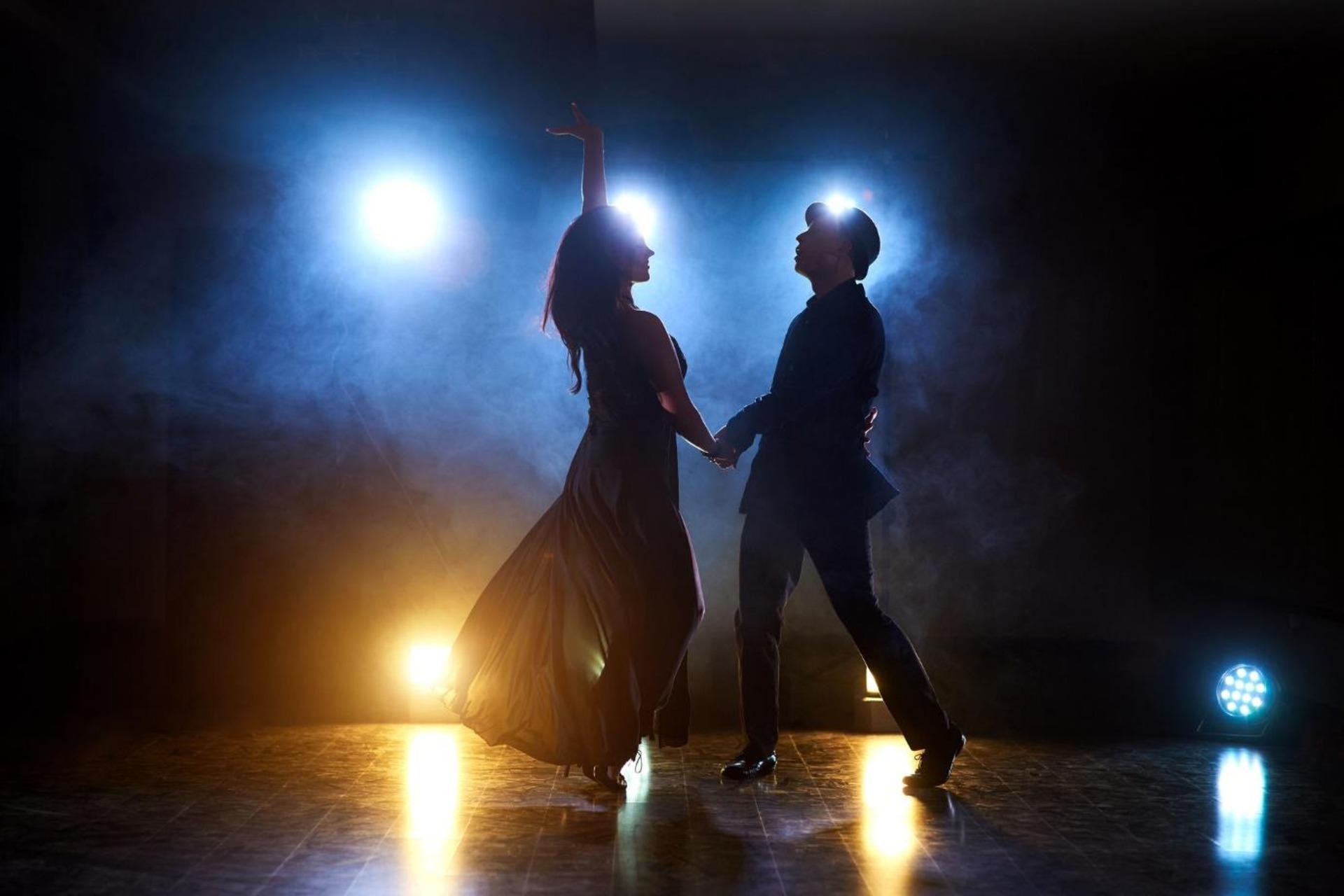
What's the Role of Tap Dance in Pop Culture?
The rhythmic, energetic, and ever-popular nature of tap dancing has won over audiences for generations. It can convey emotions, tell engaging tales, and create profound bonds between people. For this reason, tap dancing is a timeless art form that continues to be appreciated by people of all ages.
Tap dancing has made significant appearances in various forms of media, including advertisements, music videos, and television episodes. The performances of talented tap dancers, showcasing their skill and creativity, are often featured in such events. Some famous tap routines include Fred Astaire's ceiling dance in "Royal Wedding" and Gregory Hines's mesmerizing performance on "The Tonight Show."
In addition to impacting the dance world, tap dancing has its subculture. Tap dancing elements such as syncopation and footwork have found their way into contemporary, hip-hop, pop culture tap dance, and even experimental dance styles. Because of this, it's clear that tap dancing will continue to thrive and influence artists of the future.
Learn Tap Dancing With Superprof
The history of tap is traced back to the mashup of African rhythms, European step dance traditions, and early American multiculturalism. Key individuals like Bill Robinson and John Sublett shine brighter all through the history of dances. Minstrel shows and vaudeville popularized this, found a home in Hollywood during its peak, and have persisted as a fan-favorite dance genre ever since.
The tap dance lessons available on Superprof are second to none. Through Superprof, you can connect with knowledgeable instructors who can help you improve your tap-dancing skills and knowledge. In private classes, learn the ins and outs of the art form while also appreciating the origins of tap and developments. Superprof is a place to learn tap dancing from professionals, whether you are a complete novice or an experienced dancer seeking to take your technique to the next level.

